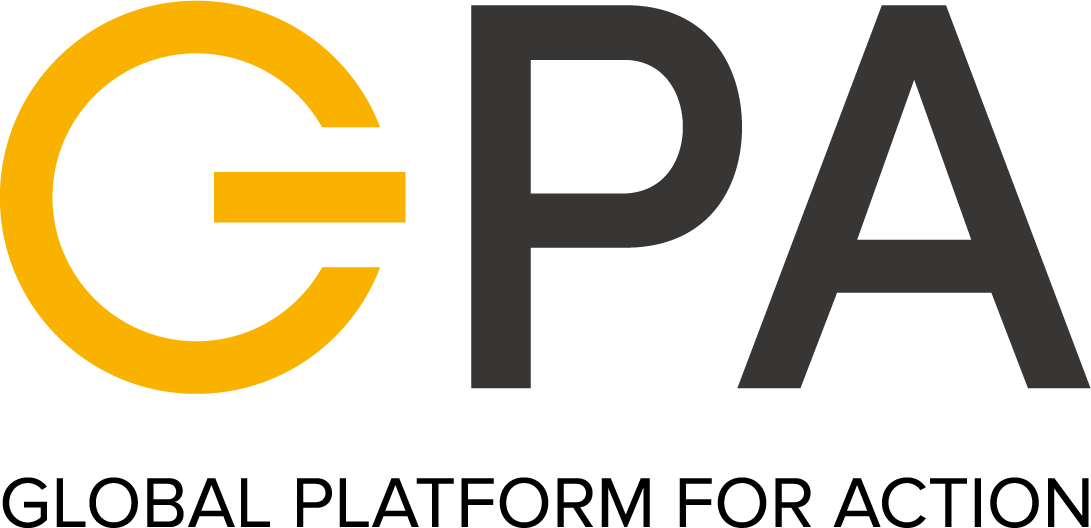In this section
In this sectionMillions of refugees and other displaced people, whether internally displaced or asylum seekers, still cook with polluting and inadequate cooking fuels and technologies today. Between July and November 2021, GIZ ESDS, EnDev, GPA Coordination Unit, UNHCR, Clean Cooking Alliance and Modern Energy Cooking Services programme (MECS) organised a series of three webinars on Cooking energy in displacement settings. Over 300 attendees from across the humanitarian sector, academia and other research organisations, development partners, the private sector and the donor community participated in sessions, which covered: an overview of the different actors in the humanitarian cooking energy space (webinar 1); the different technologies that have been deployed in displacement settings in the past and the new trends that are currently emerging (webinar 2); and the range of delivery models for energy access solutions for cooking that are the most prevalent in the sector, depending on the context, the location, the existing needs and capacities of the households, businesses and institutions (webinar 3). The webinar series also allowed for the identification of some of the key challenges and opportunities for the facilitation of clean cooking transitions in displacement settings.
There have been several dispersed attempts to address energy needs of displaced populations. While poor energy access has major implications on the local environment, wellbeing, and social cohesion in displacement areas, it is not systematically part of the humanitarian response. There has, however, been an increased interest from the wider development community and humanitarian organisations to combine efforts to fill in the energy access gaps in displacement settings. Cooking energy in humanitarian settings is particularly challenging as food preparation is a basic need and for many displaced people firewood is often the only available fuel option. As humanitarian emergencies often turn from sudden onset to protracted crisis, new ways of working and securing energy services for the displaced are needed, with sustainability issues addressed from the start. This is not only critical to ensure lasting impact, but it also aligns with the principles laid out in the Global Compact on Refugees that promotes sustainable solutions and international collaboration
There is also a need to build off from the immediate provision of cookstoves to approaches which look at cooking systems more holistically. By definition, a cooking system includes: users, who decide when and how to use the cookstoves; cooking fuel(s); and stove(s), designed to fit the available fuel (whether immediately or upon procurement, ideally without the need to resort to international imports) and the food being cooked. With that definition in mind, the webinar series intended to critically assess how energy for cooking is currently provided and how forging partnerships between different stakeholders from both the humanitarian and the development sectors can help design better energy access models while at the same time speeding up efforts. It highlighted that there is no ‘one fits all’ solution and that local resources and expertise as well as the active involvement of the users are key to finding a solution for meeting the clean cooking needs of displaced populations. It also demonstrated the necessity for a diverse range of cooking energy solutions and delivery models to be scaled up quickly if that goal is to be reached.
Several presenters also stressed the need for better partnerships and more meaningful collaborations to leverage existing activities and initiatives across the humanitarian and development energy sectors. Involving and supporting the private sector to become part of a self-sustaining economy around cooking energy access seems to be key, even though the cooking energy sector in particular in low-income contexts is not widely considered to be profit-making. Given that energy access in displacement settings tends to sit on the peripheries of national energy planning and implementation, and that there is no comprehensive energy access policy framework for displacement settings, more efforts to bridge the humanitarian and development divide have been called for.
The planned outputs, which includes an overview of available technologies, follow-up events for different actors and deep-dives into most promising cooking energy systems will offer guidance for those already working to address the challenge of energy access in displacement settings, and to those who are interested in joining in future efforts.
Find more on the webinar series here and the webinar recorded sessions are below.
Last updated: 24/02/2022
